1. Holi – India’s Festival of Colors
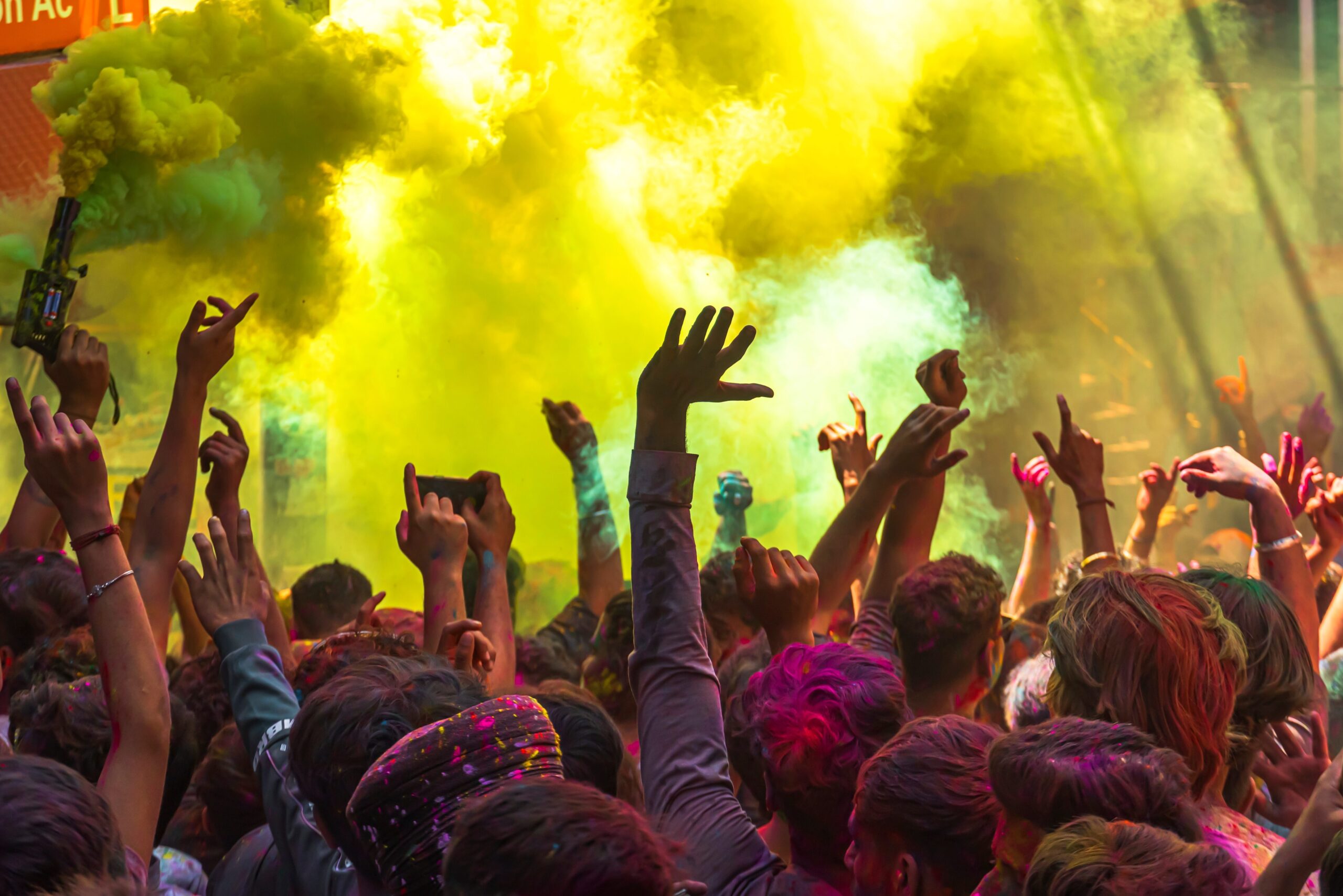
If you’ve ever wanted to throw powdered paint at your friends and not get in trouble, Holi is the festival for you. This Hindu celebration, usually in March, marks the arrival of spring with a riot of colors, music, and joy. People take to the streets to smear each other with vibrant powders, dance to traditional drum beats, and feast on delicious sweets. It’s a day when social norms relax, and strangers become friends in a burst of color says WCIV.
While Western holidays like Easter have their fair share of pastels, Holi takes things to the next level. The festival has deep spiritual significance, symbolizing the victory of good over evil. Bonfires are lit the night before, representing the burning away of negativity. And let’s be honest—no Western holiday encourages this much playful chaos while also being steeped in centuries of tradition adds BBC.
2. La Tomatina – Spain’s Ultimate Food Fight
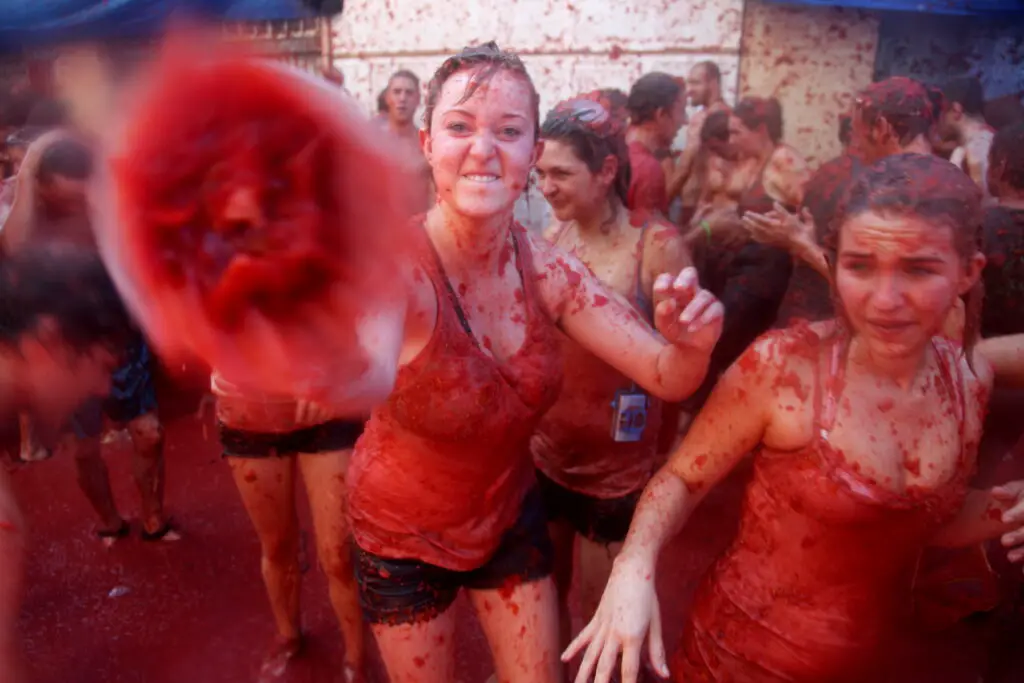
Forget Thanksgiving dinner—Spain takes playing with food to a whole new level with La Tomatina. Every August, thousands gather in the town of Buñol to pelt each other with overripe tomatoes in what is essentially the world’s biggest food fight. The streets run red with tomato juice as people laugh, slide, and sometimes even swim through the pulpy mess. The whole event only lasts about an hour, but it’s pure, unfiltered joy shares National Today.
It all started in the ’40s when a local food fight got out of hand, and instead of shutting it down, the town decided to turn it into an annual tradition. Now, people from all over the world come to experience the madness shares Reuters. While some Western holidays focus on being polite and proper, La Tomatina is all about letting loose and having fun in the messiest way possible. And best of all—cleanup is as simple as a good hose-down!
3. Up Helly Aa – Scotland’s Viking Fire Festival
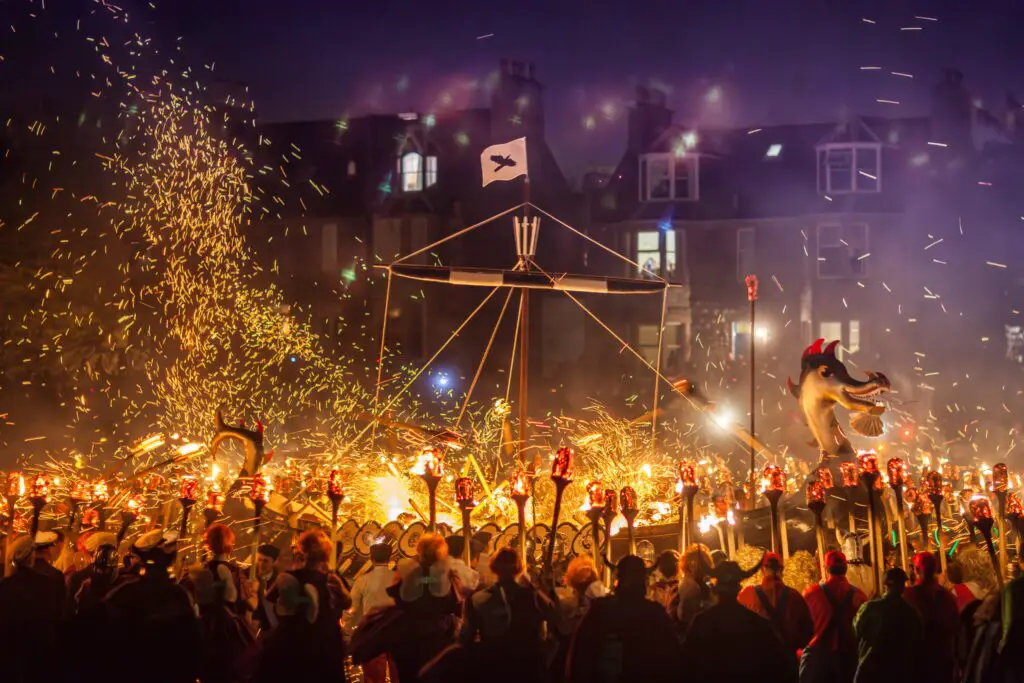
New Year’s Eve fireworks are nice, but Scotland has them beat with Up Helly Aa, a full-fledged Viking festival. Held in the Shetland Islands, this January celebration features torch-wielding warriors parading through the streets in dramatic, handcrafted Viking costumes. The grand finale? They set a full-scale Viking longship ablaze, lighting up the winter sky in spectacular fashion.
The festival pays tribute to the islands’ Norse heritage, with locals preparing for months to craft their elaborate outfits. The event is loud, fiery, and filled with traditional songs and drinking—just as any proper Viking gathering should be. While Western celebrations like Independence Day have fireworks, there’s something undeniably cooler about watching a massive wooden ship burn in honor of history. Plus, it’s probably the closest you’ll get to time-traveling back to the age of Vikings.
4. Songkran – Thailand’s Water War
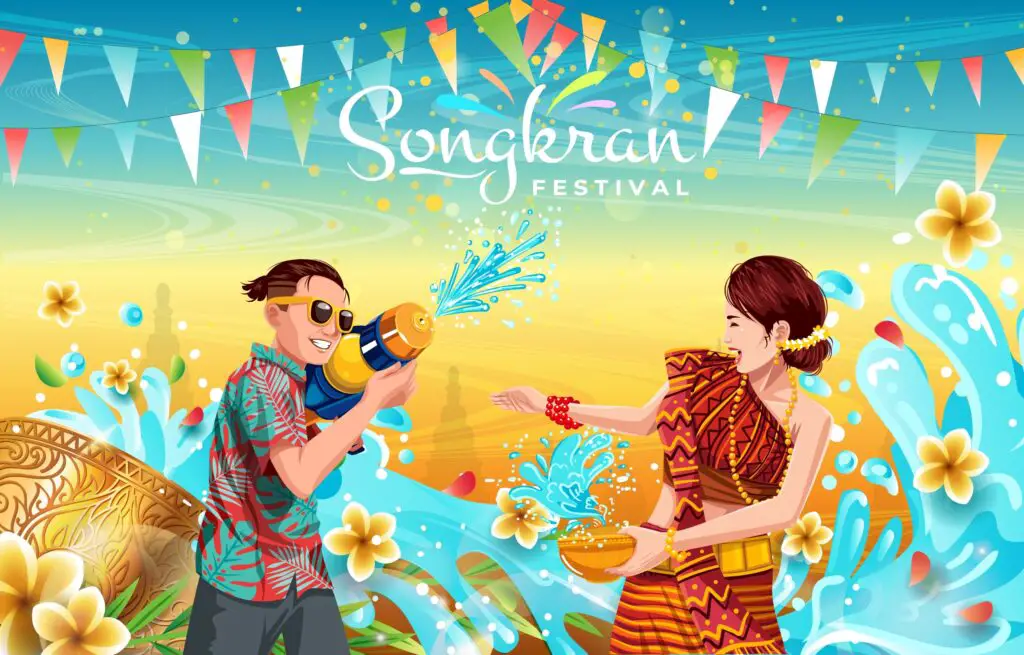
Imagine if every Fourth of July barbecue turned into an all-out water gun battle—then you’d have something close to Thailand’s Songkran festival. This multi-day event in April marks the Thai New Year, and the main way people celebrate is by drenching each other with water. The streets become battlegrounds where kids, adults, and even police officers ambush each other with buckets, hoses, and super soakers.
Beyond the playful water fights, Songkran has deep cultural significance. The water symbolizes purification, washing away the past year’s misfortunes and starting fresh. Temples are packed with people making offerings and pouring water over Buddha statues for good luck. While New Year’s Eve in the West is often about late-night parties and resolutions that don’t last, Songkran is a full-body experience of fun, renewal, and soaking-wet joy.
5. Día de los Muertos – Mexico’s Vibrant Tribute to the Dead
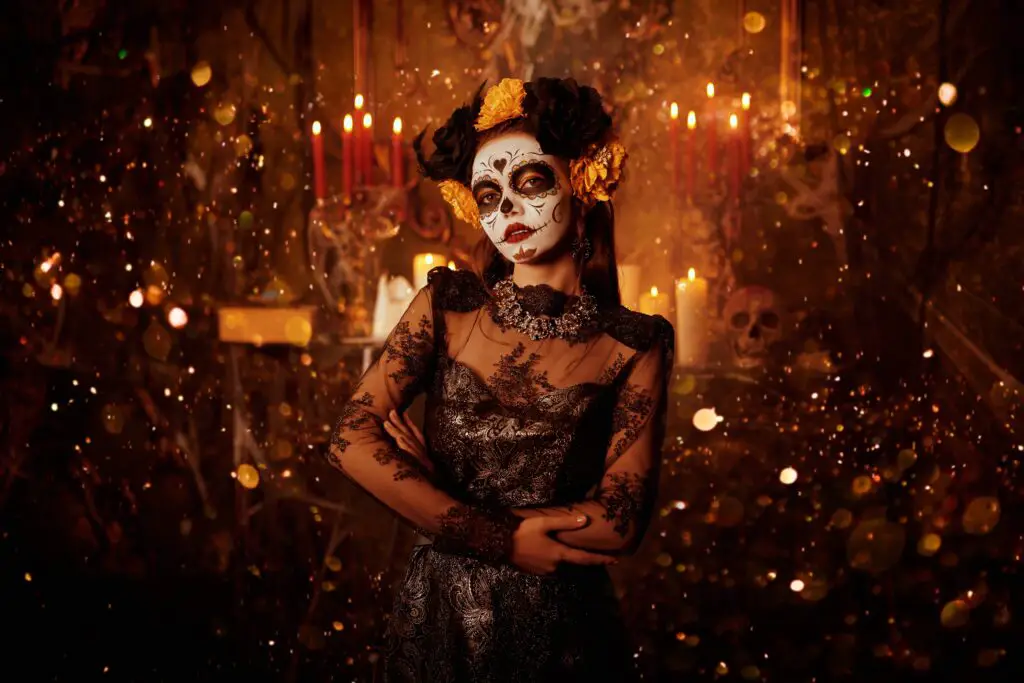
While Halloween focuses on scares, Mexico’s Día de los Muertos is all about celebrating life. Held on November 1st and 2nd, this festival honors deceased loved ones with colorful altars, sugar skulls, and marigold-covered cemeteries. Families gather to share food, music, and stories about those who have passed, believing that their spirits return for a brief visit.
Unlike the somber tone of Western funerals, this celebration is full of joy and laughter. People dress up in elaborate skeleton makeup, parades fill the streets, and music plays well into the night. The idea is to keep the memory of the departed alive in the most festive way possible. While Western traditions tend to shy away from openly celebrating death, Día de los Muertos embraces it with warmth and beauty.
6. Yi Peng Lantern Festival – Thailand’s Magical Night
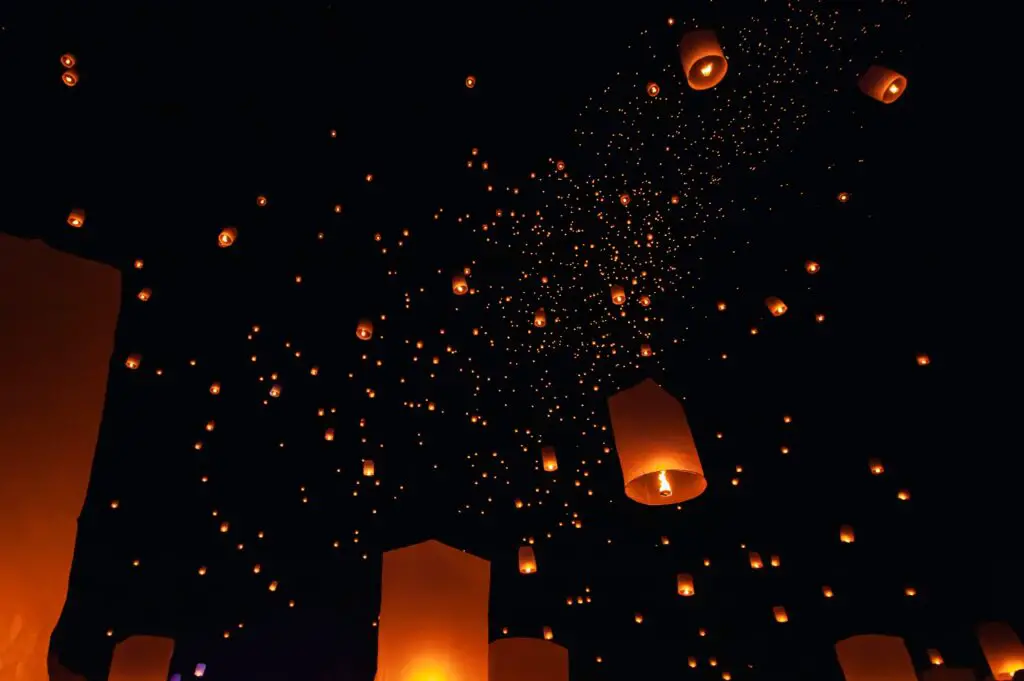
If you think Christmas lights are beautiful, wait until you see the night sky during Yi Peng. This breathtaking festival in Thailand takes place in November, when thousands of glowing paper lanterns are released into the air at once. The effect is nothing short of magical, as flickering lights float silently into the darkness, carrying prayers and wishes with them.
The festival, rooted in Buddhist traditions, symbolizes letting go of past troubles. People write their hopes and dreams on the lanterns before sending them skyward. The sight of thousands of lanterns drifting into the heavens is peaceful, almost hypnotic. Compared to Western traditions like lighting a single candle, Yi Peng is like watching an entire galaxy being born in a single night.
7. Inti Raymi – Peru’s Incan Sun Festival
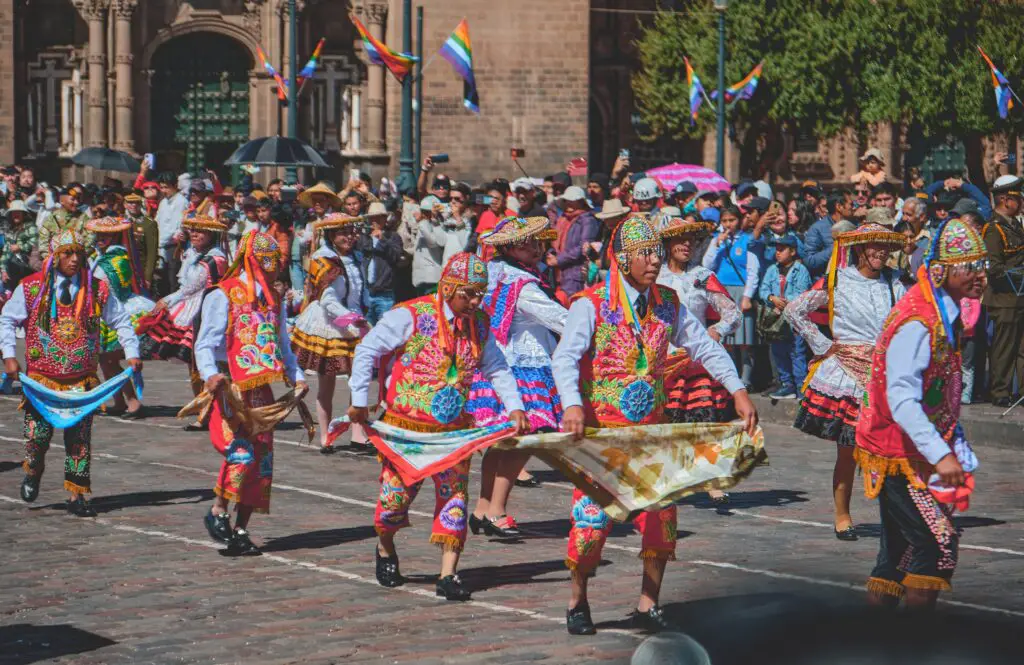
Forget Thanksgiving parades—Peru’s Inti Raymi is a full-scale theatrical tribute to the sun god. Held in June in Cusco, this festival reenacts ancient Incan rituals with hundreds of performers dressed in elaborate costumes. The main event takes place at the ruins of Sacsayhuamán, where a grand ceremony pays homage to Inti, the sun deity.
This festival dates back centuries and was one of the most important celebrations in the Incan Empire. Though Spanish colonization tried to suppress it, locals revived it in the 20th century to keep their heritage alive. Today, it’s a mesmerizing mix of history, dance, and vibrant cultural pride. While Western summer festivals often involve fireworks and concerts, Inti Raymi feels like stepping straight into a living history book.
8. Krampusnacht – Austria’s Nightmare Before Christmas
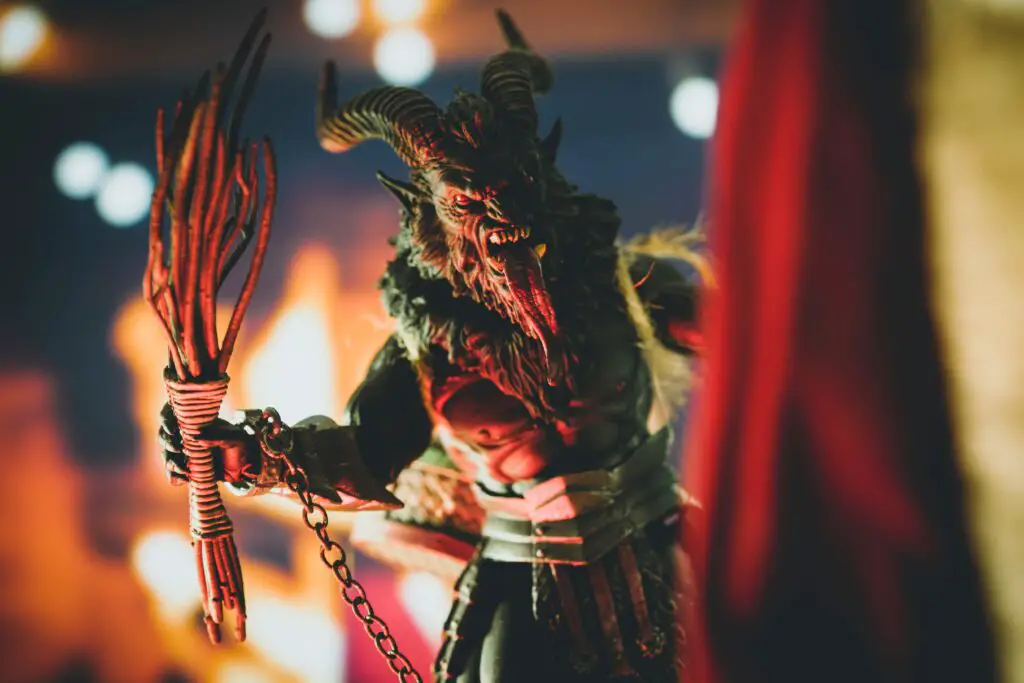
If you think Christmas is all about cozy sweaters and hot cocoa, Austria begs to differ. On December 5th, the country celebrates Krampusnacht, a night when people dress as terrifying horned demons to scare misbehaving children. Krampus, the sinister companion of Saint Nicholas, is said to punish naughty kids while Santa rewards the good ones.
The streets fill with costumed “Krampuses” carrying chains and bells, chasing after brave (or foolish) onlookers. It’s a thrilling mix of horror and holiday spirit, unlike anything found in Western Christmas traditions. While Santa Claus keeps things jolly, Krampus reminds people that the season isn’t all sugar and spice. It’s like Halloween and Christmas rolled into one eerie, unforgettable night.
9. Naadam Festival – Mongolia’s Epic Sporting Event
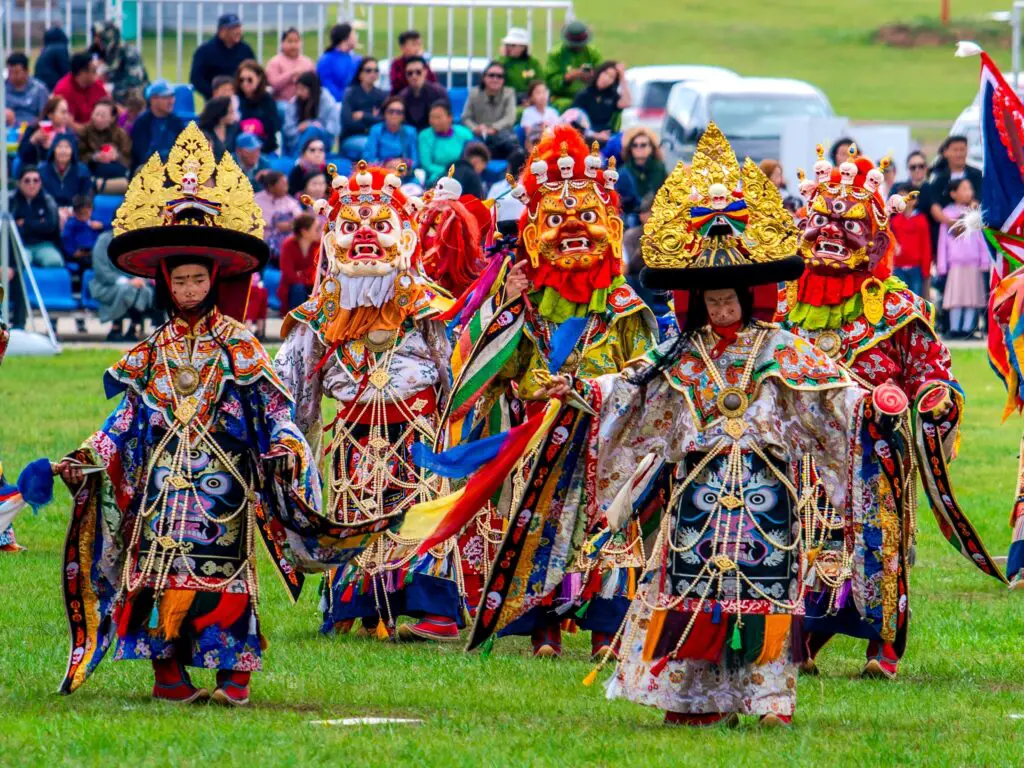
Mongolia’s Naadam Festival isn’t just a holiday—it’s a test of skill, strength, and tradition. Every July, competitors take part in the “three manly games” of wrestling, archery, and horse racing. These events date back centuries, reflecting the nomadic warrior culture of Mongolia.
The festival is as much about community as it is about competition. Families gather to watch the games, enjoy traditional music, and feast on hearty Mongolian food. The horse races are particularly impressive, with young riders guiding their steeds across miles of open steppe. While Western sporting events focus on modern stadiums, Naadam is an ancient spectacle played out against Mongolia’s vast, untouched landscapes.
10. Harbin Ice and Snow Festival – China’s Frozen Wonderland
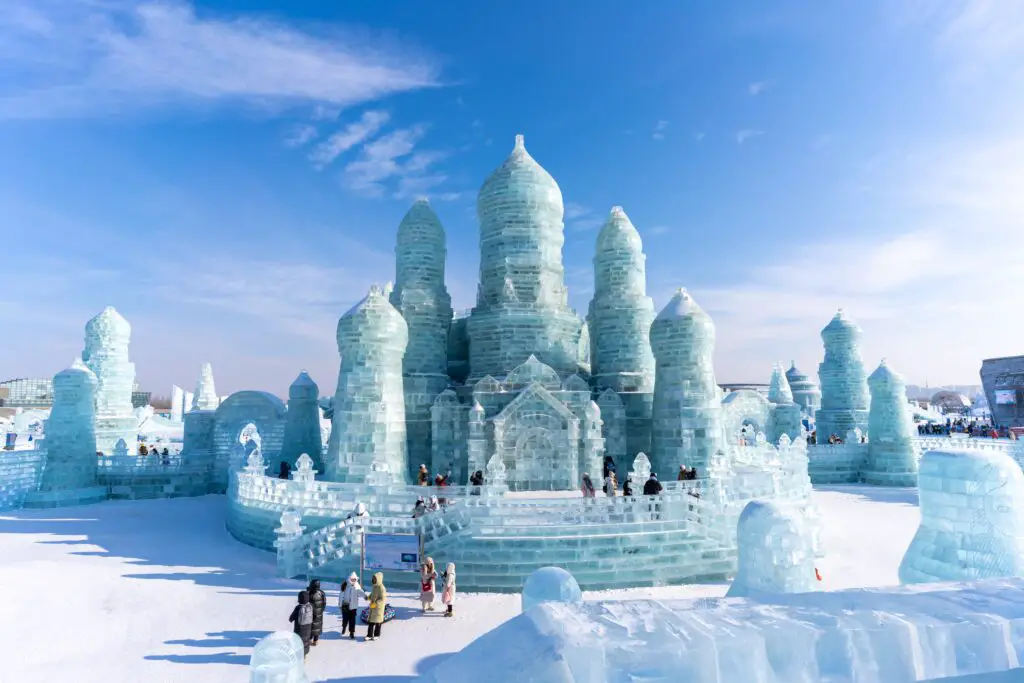
When it comes to winter celebrations, China’s Harbin Ice and Snow Festival sets the gold standard. Held every January in Harbin, this festival transforms the city into a glittering icy paradise. Massive ice sculptures—some the size of buildings—are lit up with vibrant, colorful lights, creating an otherworldly landscape. Visitors can wander through ice castles, slide down ice slides, and even stay in ice hotels.
The festival showcases incredible artistry and craftsmanship, with sculptors carving intricate designs from ice blocks harvested from the nearby Songhua River. The combination of artistry, chilly temperatures, and dazzling lights creates a surreal experience that no Western holiday can match. While Christmas markets are charming, the Harbin festival feels like stepping into a frosty fairy tale, where every corner holds a new icy marvel waiting to be discovered.
11. Carnival of Binche – Belgium’s Costumed Extravaganza

Belgium’s Carnival of Binche is a feast for the senses and a true celebration of tradition. Recognized by UNESCO, this pre-Lenten festival features locals dressed as Gilles—men in elaborate costumes with feathered hats and painted faces. The Gilles perform traditional dances, throw oranges into crowds as symbols of good luck, and parade through the streets with lively music.
The carnival has roots in medieval celebrations and is a vivid example of Belgian cultural heritage. The energy in Binche during this festival is contagious—everyone is part of the celebration, whether they’re dancing in the streets or cheering from the sidelines. Compared to Western Mardi Gras celebrations, Binche is deeply rooted in history and offers an authentic, heart-pounding cultural experience. It’s less about the spectacle and more about community, tradition, and pure, unfiltered joy.
12. Lopburi Monkey Banquet – Thailand’s Feast for Monkeys
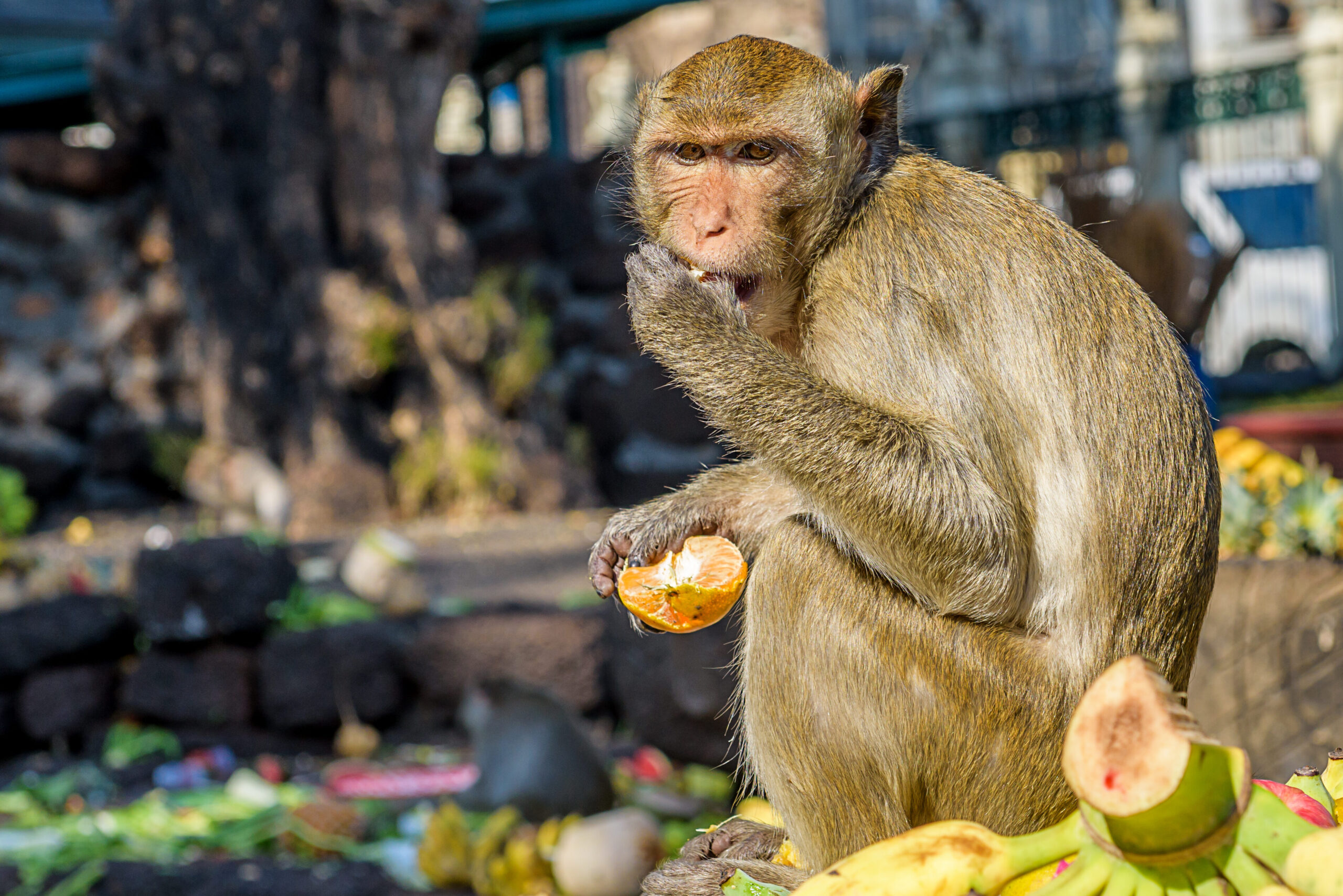
Forget turkey dinners—Thailand’s Lopburi Monkey Banquet is a feast like no other. Every November, the town of Lopburi hosts a grand buffet, but the guests of honor aren’t people—they’re monkeys. Thousands of macaques, which roam freely around the town, are treated to an extravagant spread of fruits, rice, and desserts laid out on tables. The event is both a tourist attraction and a way to honor the monkeys, which are believed to bring good luck.
The tradition started as a way to thank the monkeys for drawing visitors to the town, as they’ve become a unique part of local life. Watching them dive into the feast is both hilarious and chaotic, with monkeys grabbing food, playing, and even squabbling over treats. While Western holiday feasts focus on family and friends, Lopburi’s celebration takes a playful twist by making animals the centerpiece. It’s a heartwarming reminder of the bond between humans and wildlife—plus, it’s hard to beat the sight of monkeys enjoying a fancy meal.
13. Nyepi – Bali’s Day of Silence
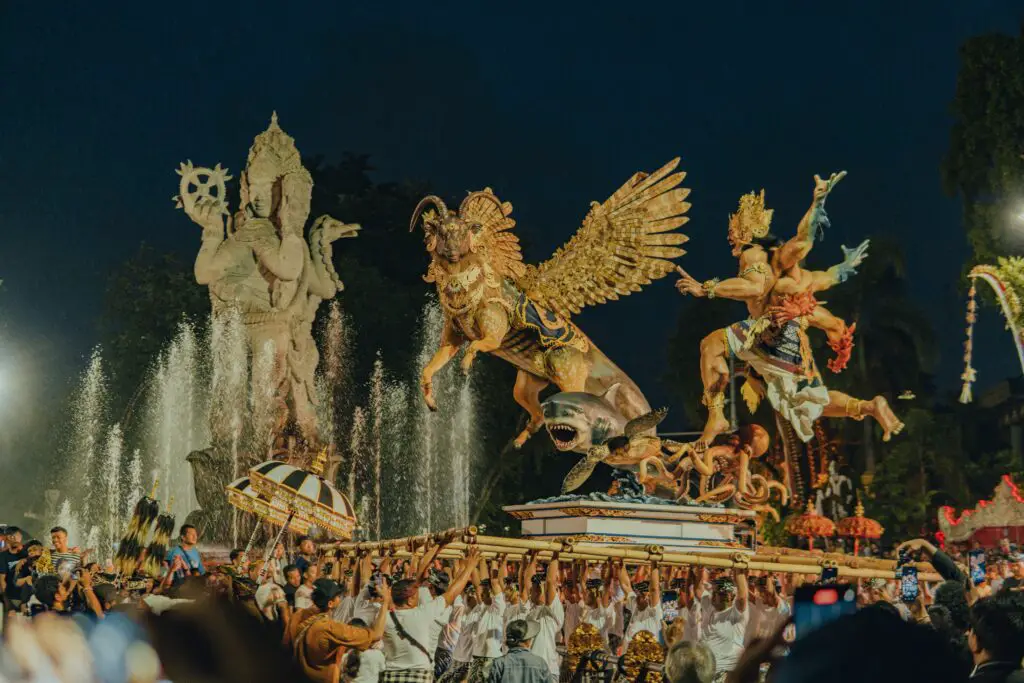
Nyepi, the Balinese Day of Silence, is a complete contrast to Western celebrations filled with noise and activity. This Hindu New Year festival, usually in March, is marked by a day of complete silence, fasting, and meditation across Bali. The day before Nyepi, there are lively parades featuring enormous, demon-like statues called Ogoh-Ogoh, meant to scare away evil spirits.
On Nyepi itself, the entire island shuts down—no flights, no traffic, no work, and no noise. It’s a day for introspection and spiritual cleansing, allowing residents and visitors to reflect and reset. While Western holidays often focus on external celebrations, Nyepi is about inner peace and renewal. It’s a beautiful pause in time where the world quiets down, offering a rare opportunity to disconnect and reflect.
14. Chichibu Night Festival – Japan’s Fire and Light Spectacle
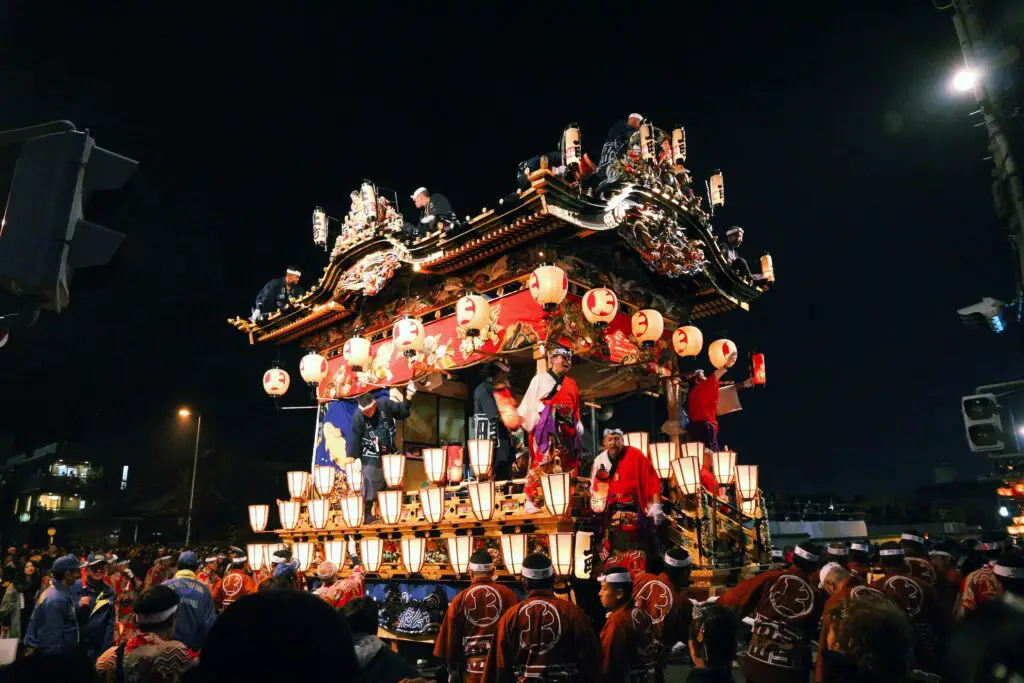
Japan’s Chichibu Night Festival, held in early December, is a dazzling celebration that lights up the night with lanterns, fireworks, and beautifully crafted floats. The highlight of the festival is the night parade, where elaborately decorated floats are carried through the streets, illuminated by hundreds of glowing lanterns. The air is filled with traditional music, the scent of street food, and the excitement of thousands of spectators.
This festival dates back over 300 years and combines Shinto rituals with joyous celebration. The grand finale features a breathtaking fireworks display that lights up the night sky, perfectly complementing the glowing floats below. Compared to Western holiday light displays, Chichibu offers a deeply cultural and spiritual experience, where tradition, artistry, and community come together in a spectacular burst of fire and light. It’s a must-see for anyone who loves a festival that’s as much about history as it is about celebration.
